Equitable campuses, but for whom?
Scholars push for a deeper look at how race and racism play out on university campuses.
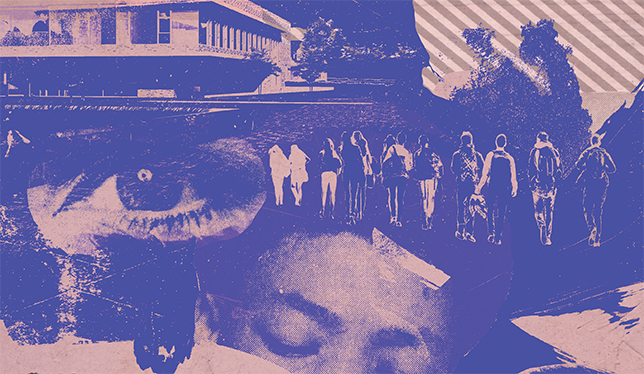
In both public conversations and in marketing campaigns aimed at attracting new students and faculty, Canadian universities pride themselves on their inclusiveness and their commitment to diversity. They hold an idealized, idealistic place in the public imagination, and are thought of as places that incubate new ideas and serve as supportive hubs for academic innovation.
But the walls of any university campus are more permeable than they first appear. For better, and for worse, they contain and replicate the turmoil of the wider world. “You’ve got to keep the perspective that the university is basically reflecting what’s happening in the rest of society,” says Frances Henry. “It is not an ivory tower, as history has made us think.”
Dr. Henry is affectionately known by many as the grandmother of anti-racism research in Canada. The cultural anthropologist and retired York University professor conducted the very first study of racism in Toronto in 1974, and she has dedicated her decades-long professional life to critical race scholarship.
Most recently, she was the principal investigator of the Social Sciences and Humanities Research Council grant that funded the research for The Equity Myth: Racialization and Indigeneity at Canadian Universities. Published in June 2017 by UBC Press, the book is authored by Dr. Henry and a team of race and social justice scholars: Enakshi Dua, Carl E. James, Audrey Kobayashi, Peter Li, Howard Ramos and Malinda S. Smith.
As part of their research, Dr. Henry and her colleagues interviewed 89 faculty members working at universities across the country. The interviews were part of qualitative research that complemented a four-year national study on racism, racialization and Indigeneity in the academy that they conducted for the book.
The Equity Myth brings to the surface tensions that racialized faculty widely experience but seldom formally discuss in their workplaces. These include pay inequity, unequal hiring processes, a lack of visibility for racialized faculty in the professoriate, Euro-centric curricula and racial discrimination.
Until now, those tensions have been felt only in the abstract or anecdotally. Statistics Canada does not collect data on racialized minorities as part of the data it compiles on faculty and students at Canadian universities; nor do provincial governments collect such information. There has been recent change on this front from the University of Toronto and Ryerson University, both of which have announced in the past year that they would start collecting race-based data about their students. But no data exists on the effectiveness of university employment equity policies or policies against discrimination, despite their ubiquity across Canadian campuses.
Of the faculty interviews that The Equity Myth authors conducted for the book, “The main thing that stands out to me certainly, and I think to all of us who were involved in doing it, is the pain, the humiliation, the frustration and the ambivalence that many of our interviewees expressed,” Dr. Henry says. She recalls that many people teared up as they described their experiences. For some, the interviews marked the first time that they felt they could talk about the painful impact that racism has had on their careers and feelings of self-worth. They’d otherwise kept it hidden from colleagues and, in some cases, kept it a secret from their partners, spouses and children.
The interviewees primarily described ongoing experiences of covert racism in their workplaces, less so the overt kind that makes news headlines. The way that covert racism is normalized into daily life makes it, “in a sense, far worse,” Dr. Henry says. She describes covert racism as “little ways in which the mainstream – however that’s immediately defined – marginalizes, excludes, negates or humiliates an individual.” Those moments range from everyday indignities, in which racialized people are not listened to as attentively as non-racialized people in committee meetings, to systemic inequities that see fewer racialized faculty hired in tenured positions and paid less.
“Visible minority professors are both under-represented among the professoriate and earn lower wages. Comparison over time has shown that the degree of under-representation of visible minorities among the professoriate has not improved and has likely gotten worse. The earnings of visible minority professors are on the whole lower than those of their white counterparts despite controlling for variations in other factors,” write The Equity Myth authors Peter Li, a professor emeritus of sociology at the University of Saskatchewan, and Howard Ramos, a professor in the department of sociology and anthropology at Dalhousie University.
“Both findings defy the general belief of commitment to equality, especially given that employment equity policies were introduced in the mid-1980s and solidified in the 1990s,” they continue. “The results are also surprising, given that most Canadian universities have policies promoting equity and diversity. The data presented here clearly show that institutions of higher education in Canada are not immune from problems of racial inequality, and that such institutions have a long way to go to advance the principles of inclusion and fairness.”
Equity and affirmative action programs were aimed at creating a more diverse university faculty and staff by tackling barriers that hindered the recruitment, hiring and promotion of racialized and Indigenous candidates.
But the general consensus of The Equity Myth’s interviewees is that diversity and equity initiatives have, at best, stalled or, worse, decreased since their inception.
“The rhetoric of the institute shifted somewhere in the ’80s, I think. They began to say that it was important to include people of colour and Aboriginals. Now it’s starting to become less progressive,” one interviewee told the The Equity Myth authors. “Someone like me would never be hired these days. The faculty body has changed significantly in terms of who gets hired and what the requirements are.”
Their findings show that racialized faculty members comprise a small percentage of the total faculty at universities of all sizes. For example, in a small university surveyed with 794 faculty members, only 40 were racialized, representing just five percent of the total faculty; in a medium-sized university with 1,279 faculty members, 191 were racialized, or 15 percent of the faculty; and at a large university with 9,480 faculty, 1,574 were racialized, or 17 percent. (According to data just released from the 2016 census, 22.3 percent of Canadians self-identify as visible minorities.)
Further research found that racialized professors do not receive tenure as often as white professors. While more study is needed to explore the precise circumstances and reasons for this, “these findings suggest a difference in standards between the ways in which white and racialized professors are assessed for advancement in the academic system,” write Dr. Henry and Audrey Kobayashi, a professor of geography who holds a Queen’s Research Chair at Queen’s University.
Those findings don’t fit the picture that universities portray of themselves to the general public. “Universities will show racialized faculty in their media advertisement, in their online advertisement on their websites about students and faculty, to give this broad image of diversity which, in fact, isn’t really true,” says Dr. Henry. Racialized faculty, she says, “resent being used as tokens.”
Meanwhile, many university committees require at least one racialized person to serve on the committee, but “there aren’t enough of them to go around!” says Dr. Henry. “So you have people serving on two or three committees, burdened with administrative problems rather than [doing] their teaching and research.” In order for things to change, Dr. Henry points first to university administrators. “On the whole, they are still mainly white and still mainly male,” she says. “There is a lack of clear, dominant, anti-racist ideology at the top levels of the university.”
The work of creating more equitable space for racialized people in the academy must begin years before a young person even considers applying for university, says Carl James, one of The Equity Myth’s co-authors who holds the Jean Augustine Chair in Education, Community and Diaspora at York University. In April 2017, he released a report, Towards Race Equity in Education (PDF), which was the result of a collaborative project between him, the African Canadian Legal Clinic and the Ontario Alliance of Black School Educators.
Dr. James’s report uses quantitative data to explore the academic outcomes of black students in Toronto-area public high schools. His findings show that these students face systemic barriers to educational success compared with other students.
The study found that just 69 percent of black students graduate from high school in the Toronto District School Board, compared to 84 percent of white students and 87 percent of other racialized students. White students are more likely than both black and other racialized students to be identified as gifted. Meanwhile, black students were more likely than their peers to be suspended; 42 percent of black students in one student cohort had at least one suspension versus 18 percent of white students and 15 percent of other racialized students, the study found.
“While individual stories are often dismissed as ‘anecdotal,’ the TDSB data shows that the individual stories of black students throughout the GTA [Greater Toronto Area] are evidence of a broader, systemic issue,” writes Dr. James in the report. “It is these stories which remind us that behind the numbers are parents who have dreams for their children, and black children who are ambitious, excited about learning and deserve the quality education offered to other children in Ontario.”
In an interview, Dr. James adds: “You must pay attention to the different groups of people that you are serving, and not necessarily lump them under ‘visible minority’ but disaggregate that demographic group.” Generalized equity efforts, he explains, can fail to acknowledge how individual experiences of inequity intersect with experiences of gender, economic status, sexual expression and ability.
The failure to attune to the particular needs of individuals and groups is where large-scale equity initiatives can fall short, he says. And the conventional wisdom that a commitment to diversity, written in employment policies and in the form of campus equity offices, is sufficient for addressing a long history of systemic oppression has its own unintended consequences. Such initiatives affect how faculty members think – and importantly, don’t think – about how race plays out in their classrooms.
“Many professors will tell you they don’t see race,” Dr. James says. Or they’ll point to the number of visible-minority faces in their classes and declare that the campus is a diverse place. “It’s diverse, but with particular kinds of bodies,” Dr. James says.
He calls for an approach that more concretely acknowledges the intersecting economic and social privileges and oppressions that drive particular students into particular disciplines, and what factors leave them out of others. “Shouldn’t the university be looking at that and wondering, what should we be doing in order to make this diversity [on campus] reflect the Canadian society as a whole?” Dr. James says. “Who is not here?”
Afua Cooper attended the Congress of the Humanities and Social Sciences at Ryerson University this past spring and participated in a panel titled “Black Professors Matter: Challenging Inequalities in Canadian Academe.” Dr. Cooper holds the James R. Johnston Chair in Black Canadian Studies at Dalhousie University, is chair of the Black Canadian Studies Association, and in the fall of 2016 initiated a minor in black studies at Dalhousie, which she hopes to turn into a major down the line.
The Black Professors Matter panel attracted about 100 attendees. Dr. Cooper says what struck her were the questions from several black graduate students who were concerned about their precarious futures in academia. The problem, she says, is a lack of real commitment to black scholarship from university administrations. “There has to be a commitment … to mentoring black students at every level,” she says.
As it stands, campus equity initiatives lack teeth and political will, she says. “Until we are really willing to go and examine these issues, to look at racism itself and the legacy that racism has produced in this country, then we’re only paying lip service.”
Dr. Cooper notes that there is a swell of momentum among scholars to ensure that the academy engages in these discussions about equity. She travelled to Brock University to participate in a white privilege symposium held there in September 2016 and was heartened to see hundreds of attendees. “People are not willing anymore to sit and hope that change will just happen naturally because it doesn’t. Human agency is always the catalyst.”
Power, says Dr. Cooper, lies in people banding together in collective action that moves the conversation forward while acknowledging our complicated history. She is currently leading a scholarly panel to review George Ramsay’s legacy on race. Better known as Lord Dalhousie, Ramsay founded Dalhousie University and was a governor of Nova Scotia. He is lauded for those contributions, but he was also, Dr. Cooper says, an Afro-phobe who wanted the black community to leave Canada and return to their slave masters in the United States.
“He didn’t like the black community. He didn’t like black people. Black people couldn’t go to Dalhousie University,” Dr. Cooper says.
“What does that mean for the black community today? The actions of the colonial government and these school administrators 200 years ago led to the marginalization of significant portions of the population.”
An initial report from Dr. Cooper’s scholarly panel on Lord Dalhousie’s legacy was released late this summer, and her panel’s work will continue into 2018, the year Dalhousie celebrates its 200th anniversary. “I think it’s the first time in Canada where we’re examining the relationship between the academy, an institution of higher learning and a marginalized community,” she says.
On the other side of the country, the University of Victoria has removed the name of Joseph Trutch, British Columbia’s first lieutenant-governor who played a key role in the province joining Confederation, from one of its residence buildings. Trutch refused to acknowledge Indigenous treaties and land titles and scaled back reserves to make way for white settlers. According to the Times-Colonist newspaper, he referred to Indigenous people as “savages” and wrote that they were “the laziest creatures I ever saw.”
The name removal follows several campaigns to rename Trutch Hall and earned unanimous support from the university president, vice-presidents, board of governors and the university naming committee. “That actually means a lot to Indigenous people in terms of trying to move the dialogue forward on reconciliation,” says Sheila Cote-Meek, associate vice-president, academic and Indigenous programs, at Laurentian University (and a columnist for University Affairs).
Dr. Cote-Meek is a member of the Teme-Augama Anishnabai. In 2014, she authored Colonized Classrooms: Racism, Trauma, and Resistance in Post-Secondary Education. The book describes how the legacy of Canada’s colonialist history plays out in contemporary university classrooms across the country. In conducting research for the book, Dr. Cote-Meek interviewed Indigenous students and faculty at universities across the country. It was a process, she says, of “becoming profoundly aware of how deeply ingrained racism is in a colonial structure like a university or a college.”
Her student interviewees shared their experiences in the classroom, where they say their very existence as Indigenous people are simultaneously, and exhaustingly, tokenized and devalued by their peers. “If you self-identify as an Indigenous student, then sometimes you’re called upon by professors or your colleagues in the classrooms to know everything about being Indigenous and all the Indigenous people of Canada, even though there’s this vast array of nations and languages and cultures that differ from one coast to the other,” Dr. Cote-Meek says. “And then, if the Indigenous student doesn’t respond in a particular way – for example, maybe they don’t know what the practices are on the West Coast if they’re from the East Coast or Central Canada – then their colleagues call into question their identity as an Indigenous person.”
That is just one example of the many ways in which racist stereotypes about Indigenous people frequently show up in the classroom that Dr. Cote-Meek details in her book. Yet, through it all and to their credit, she says, Indigenous students and faculty persist with their studies and their work. That’s why she highlights the importance of safe spaces on campus where Indigenous students can go to seek refuge, relax and be themselves.
Recognizing this need, many universities have developed spaces for Indigenous students, among them the University of British Columbia’s First Nations Longhouse, University of Victoria’s First Peoples House, University of Saskatchewan’s Gordon Oakes Red Bear Student Centre, and the Pavillon des Premiers-Peuples at the Val d’Or campus of Université du Québec en Abitibi-Témiscamingue. Universities are also creating Indigenous-related senior administrative posts like the one held by Dr. Cote-Meek. In just the past six months, at least three universities have hired or posted ads for vice-provosts of Indigenous engagement – University of Manitoba, University of Calgary and the U of S – and Lakehead University just named its first vice-provost, Aboriginal initiatives.
To carve out spaces in the academy where people impacted by marginalization and racism can find community, celebrate each other’s accomplishments and lift each other up is crucial to their success. This past June, the University of Toronto held Canada’s first black graduation celebration ceremony, a milestone that draws from a tradition of such celebrations at American universities, where black students have likewise faced systemic discrimination.
“People are no longer willing to take the silence … or to accept when administrators say, ‘There’s no racism here. It’s all in your head,’” says Dr. Cooper. “People are not willing to walk away with their heads bowed anymore. Folks are saying, ‘This is also our country. We are contributing citizens. We help to build these institutions and we’ll feel comfortable in these spaces. And we’re going to ensure that equity works,’” she says. “For me, it is about respect, it’s about progress, it’s about commitment, it’s about passion,” she says. “And it’s about being fierce.”
Editor’s note: Canada’s universities recently approved a set of Inclusive Excellence Principles during Universities Canada’s fall meeting in Ottawa. The association’s 96 member universities commit to seven principles dealing with equity and diversity, as well as to a five-year action plan to support progress in achieving these goals. For more details, see our news story.
Policy recommendations
The Equity Myth lists numerous recommendations to enhance equity on campuses. Among them:
- Universities need to recognize explicitly that existing equity policies have not worked, and they need to develop and implement other, more appropriate policies, programs and practices that promote and monitor equitable representation.
- Institutions must provide space for new scholars, accepting that their new and additional forms of knowledge, ideas and cultural networks will enhance the scholarship, pedagogy and community relationships within the university.
- Academic administrators must have policies that not only focus on the recruitment, tenure and promotion of the existing population of racialized and Indigenous faculty, but also help to create a pipeline of potential faculty members.
- Universities should collect their own data on self-reported race, ethnicity, Indigeneity, gender, sexual orientation and other demographic measures that serve as indicators of diversity and equity. Universities must also advocate for the collection of similar data by national data agencies.
- Universities should create endowed chairs and incentives for faculties and departments to hire underrepresented racialized and Indigenous faculty members.
- Universities should have an administrator responsible for equity whose office is well-resourced and located within the senior administrative structure of the institution.

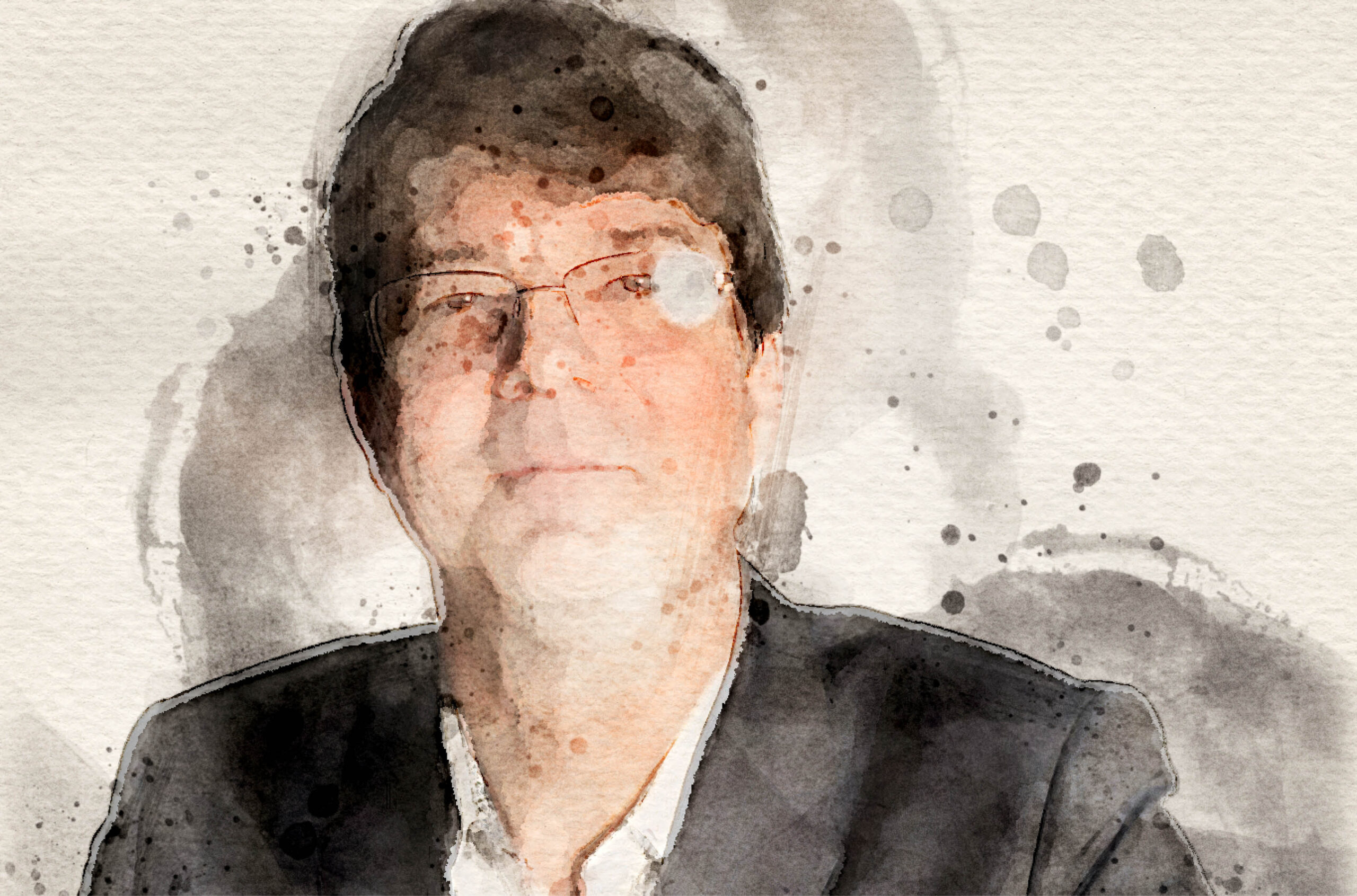

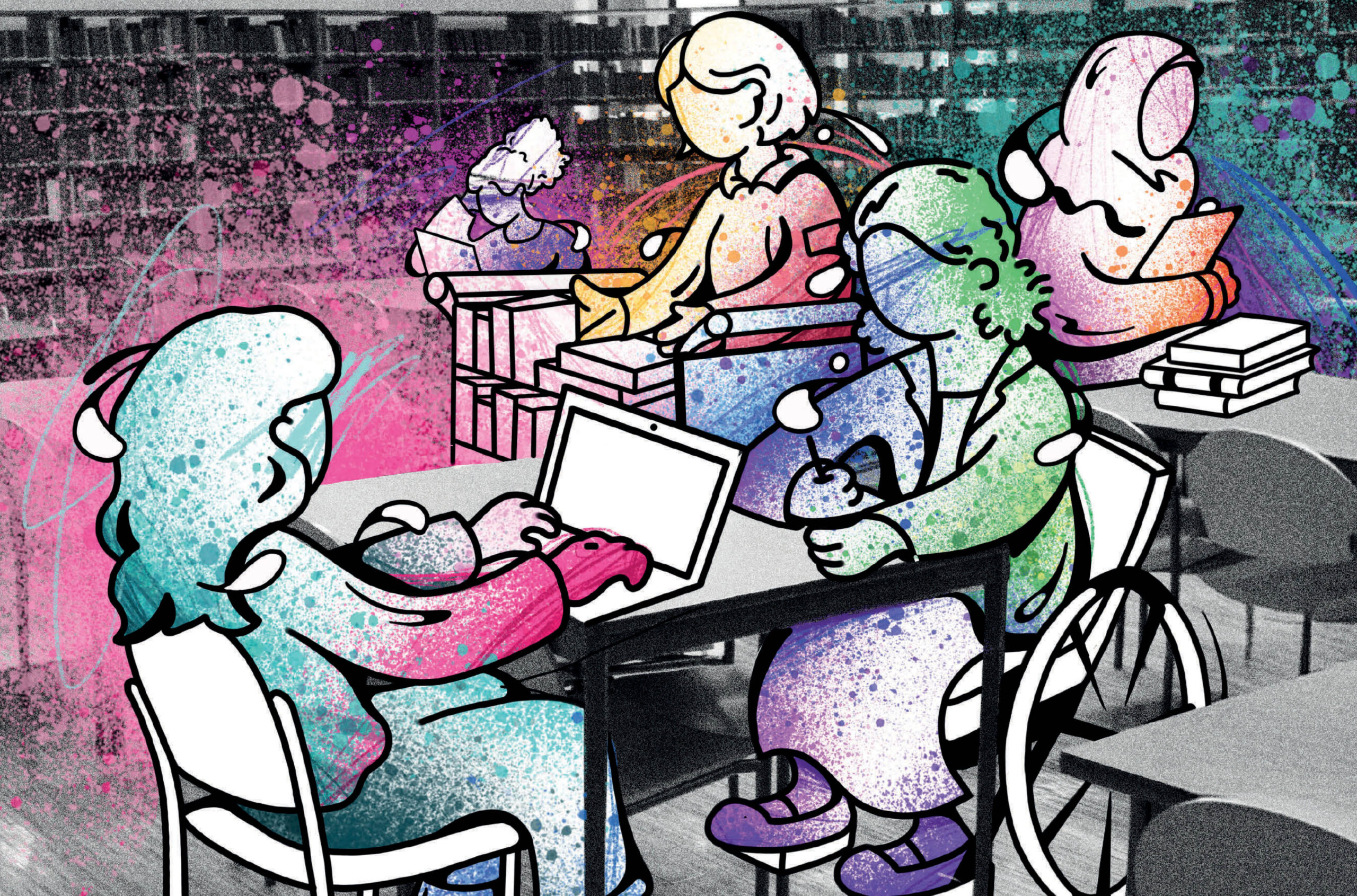
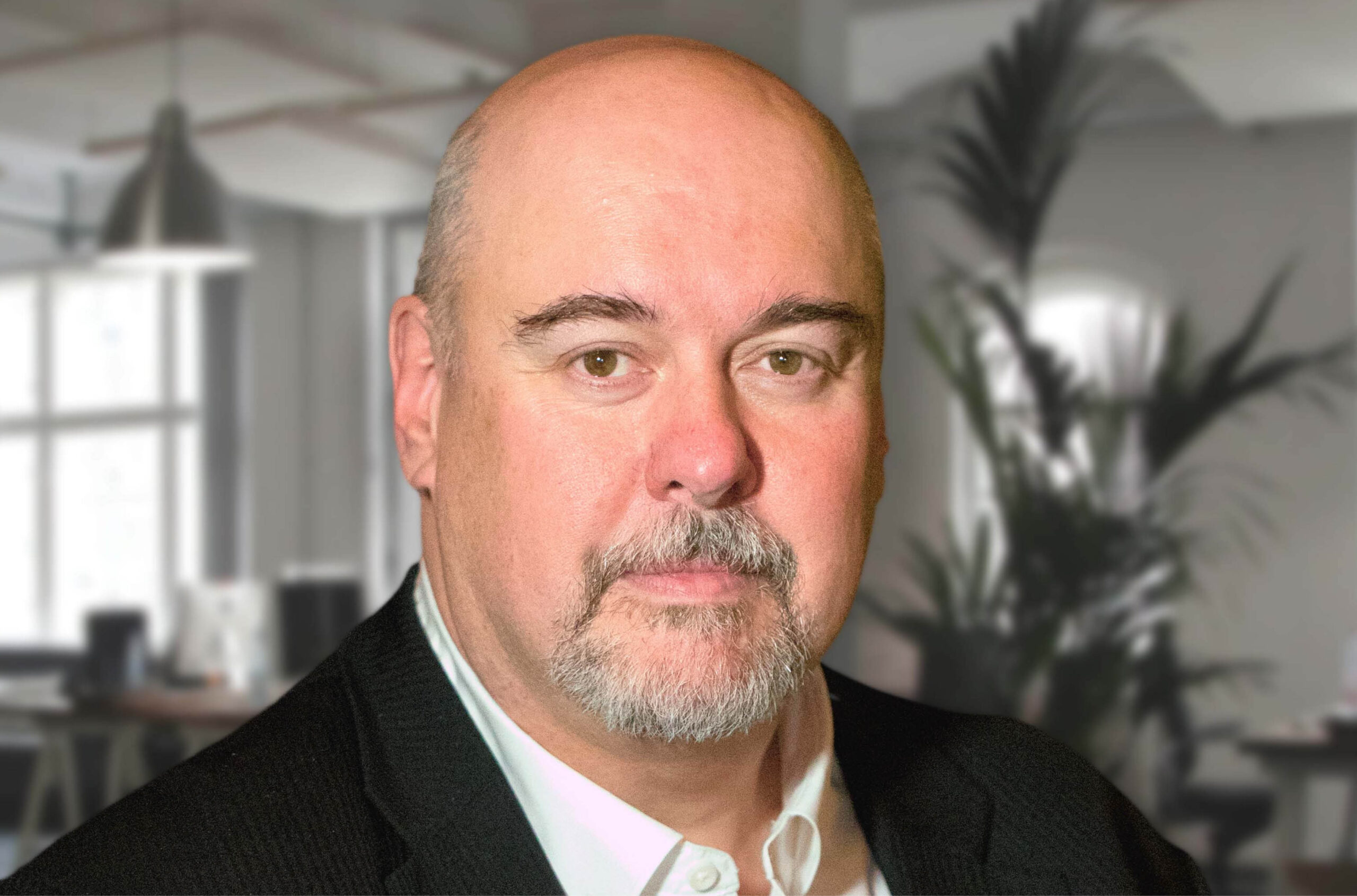
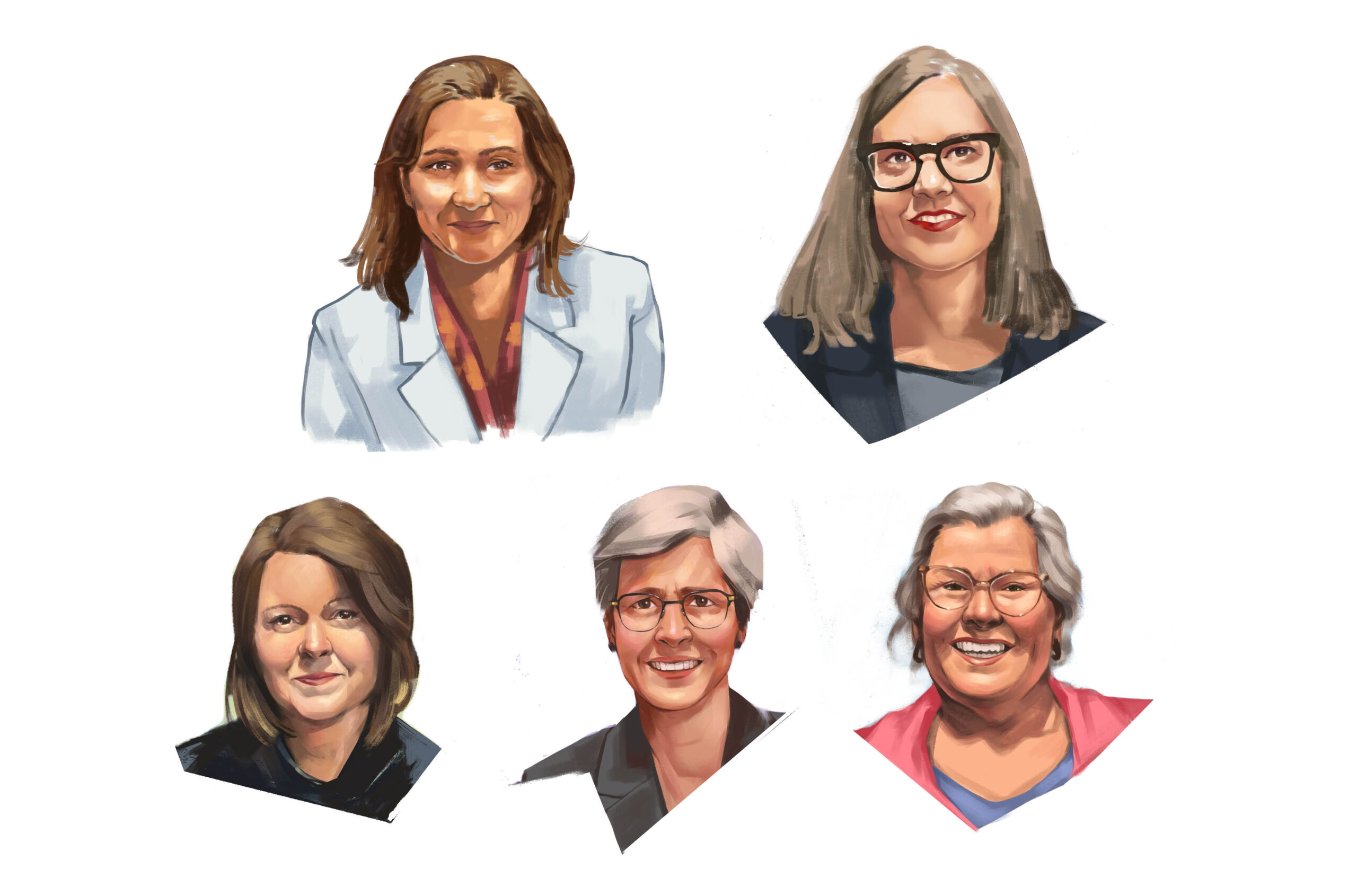


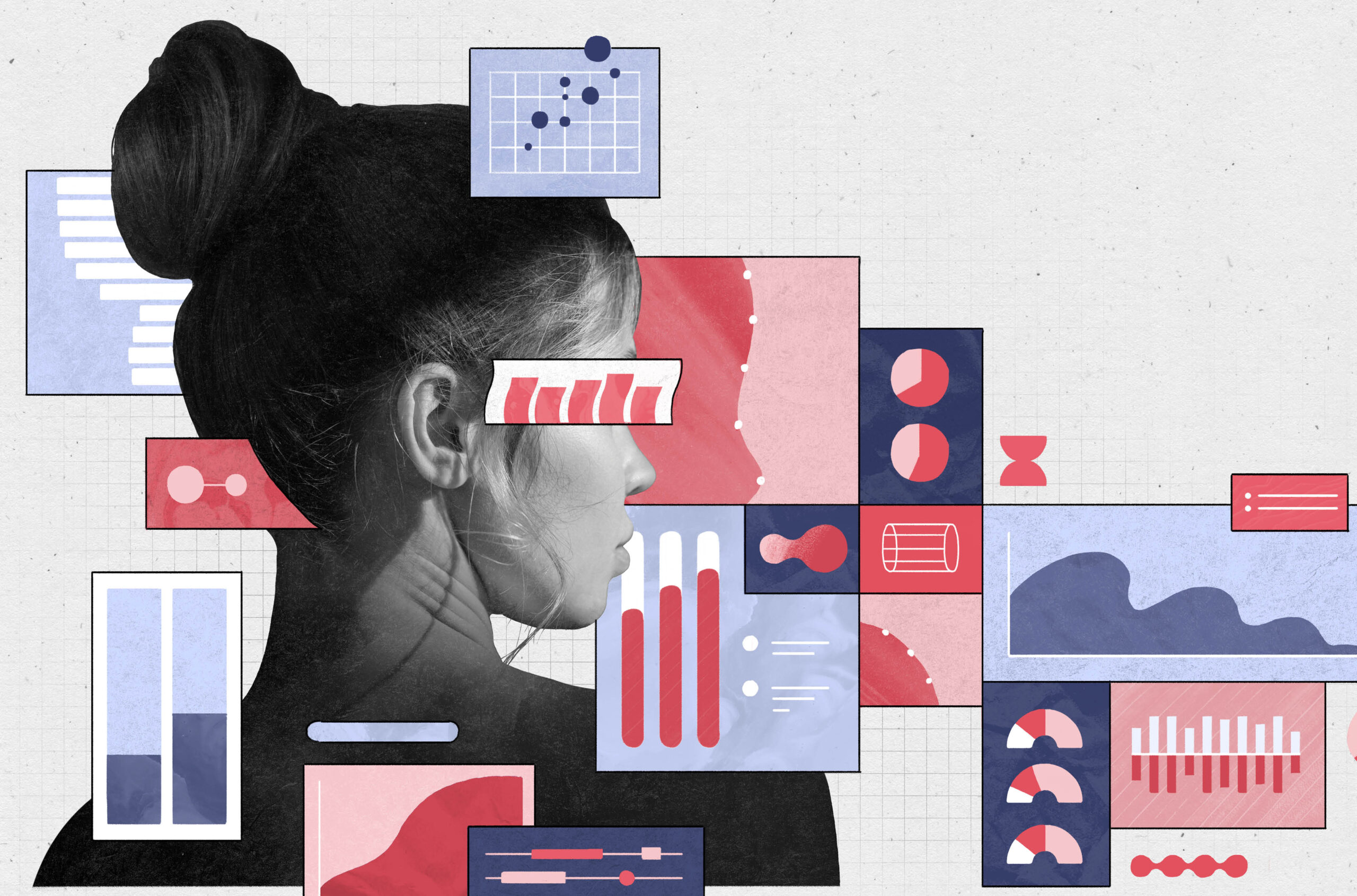

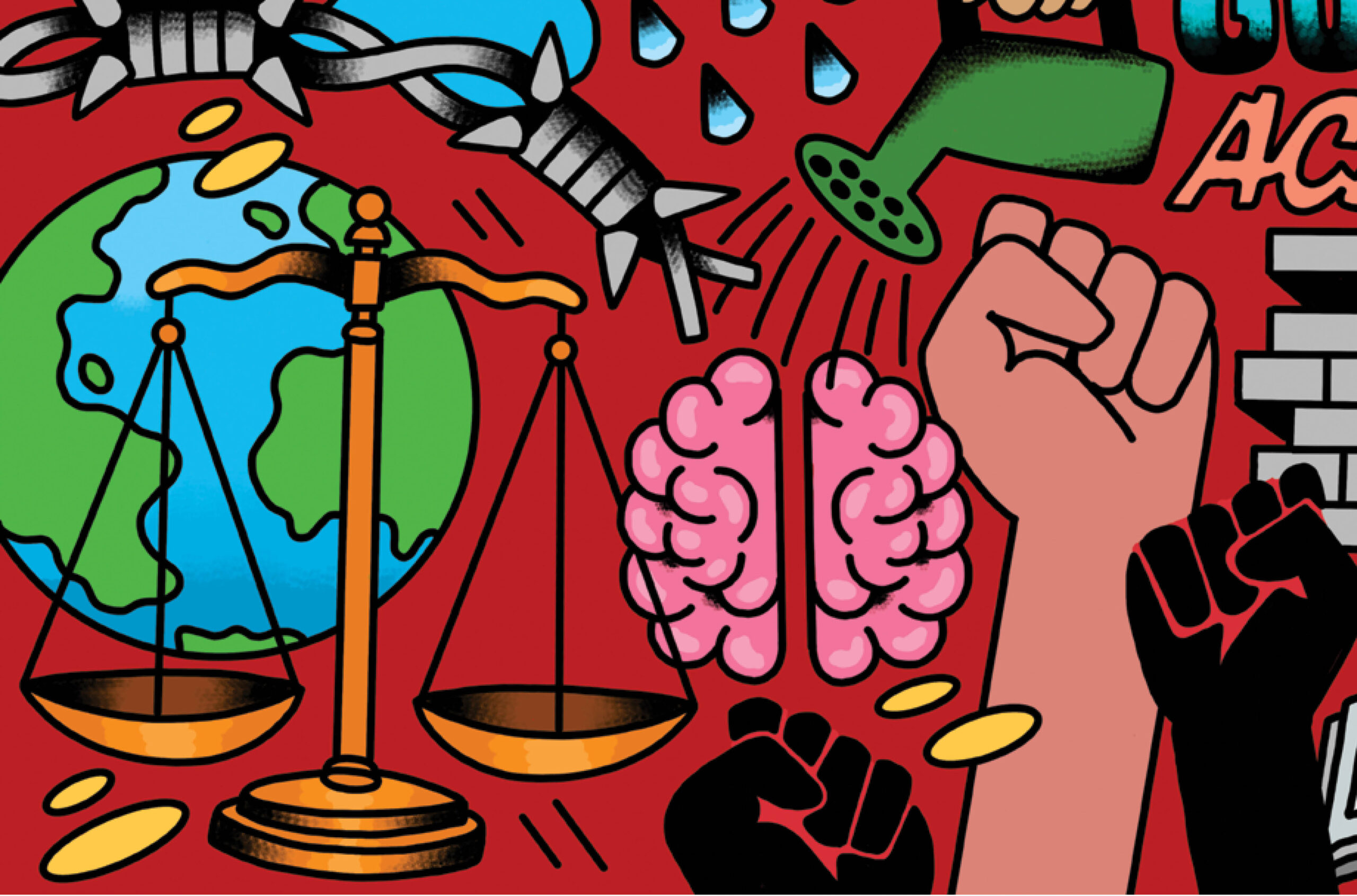
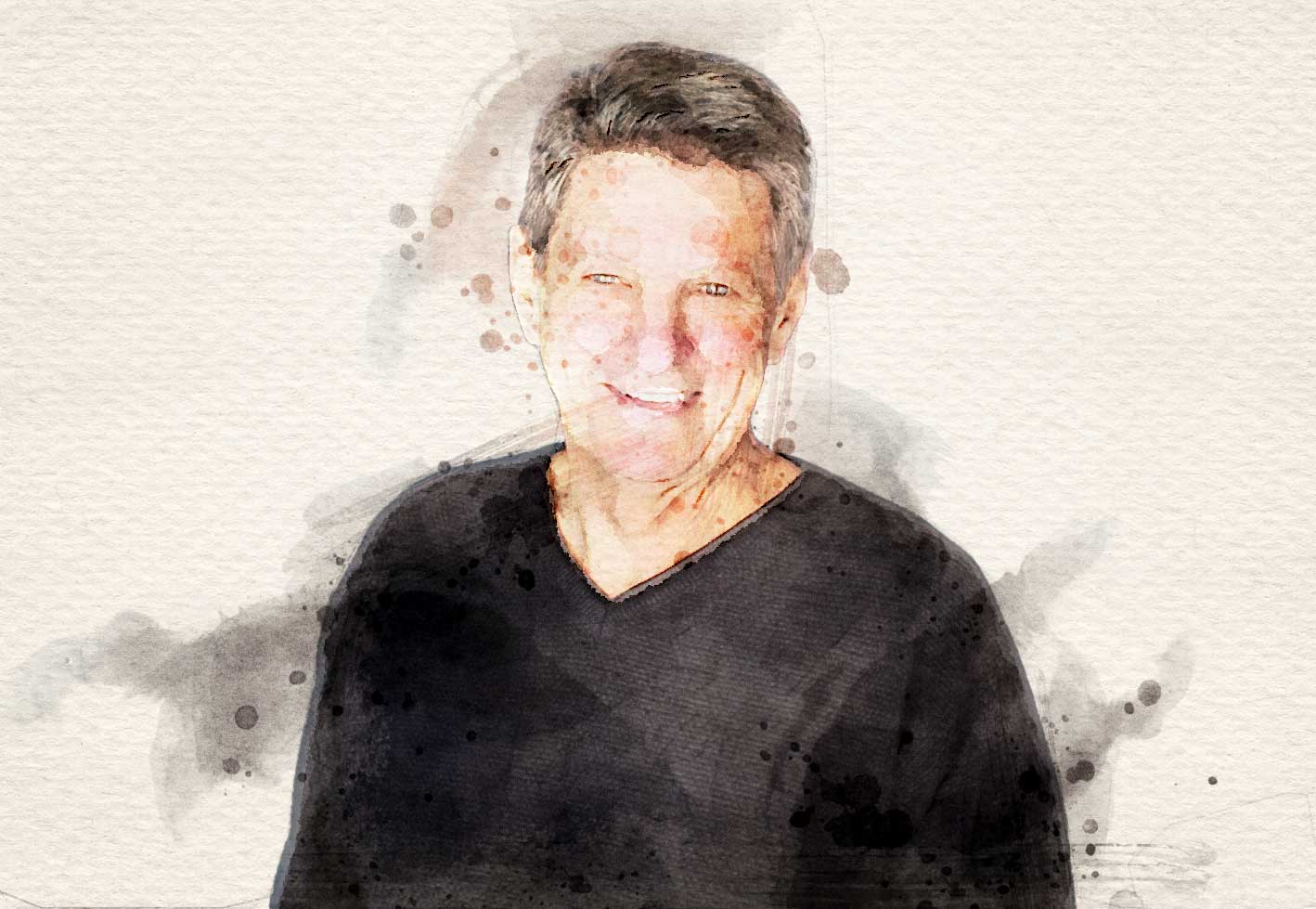
Post a comment
University Affairs moderates all comments according to the following guidelines. If approved, comments generally appear within one business day. We may republish particularly insightful remarks in our print edition or elsewhere.
3 Comments
Indigenous people of Canada are distinct with constitutionally entrenched Aboriginal and treaty rights in sec. 35, according to the Constitution of Canada. Most people including Statistics Canada trust people’s word and don’t question proof of Indigenous ancestry when collecting data in urban areas or off-reserve.
When I grew up, we were naively taught that everyone was equal and encouraged to act accordingly. Now, it’s ALL about treating certain people differently. Somehow, it seems promoting the quantification of people in university based on their phenotype/background is a step backward, not forward. And I don’t see how these recommendations are anything but tokenization under the guise of diversity. Just look at the people usually behind these gestures: mostly white people from middle-upper class backgrounds occupying full-time jobs with very high job security who feel guilt and the need to virtue signal.
Discourse stimulates change…. However change cannot truly be legidtate